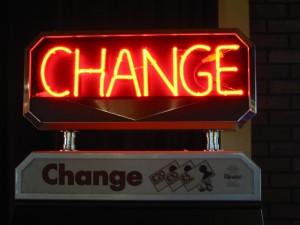An oft repeated, and overheard, expression suggests that walking is the best exercise.
And people want to know.
Is it true?
Is walking really considered the best exercise?
Does is rank higher than squats? Push ups? Or any of those fancy machines at the gym?
Does is do better for your body than running hills or pushing yourself through grueling marathons?
Or are the health and fitness benefits of walking being overblown and shown out of proportion from the reality?
The truth, as is almost always the case with these types of questions is, it depends.
It will depend on your current level of fitness and your current health status.
As a physiotherapist, I see people who come in varying states of de-conditioning, disease or injury healing.
For some of these people, a short walk may be an extreme challenge, zapping massive amounts of energy and requiring tremendous physical resources. A few slow steps may necessitate a 10 minute rest before the next attempt. The heart and lungs screaming, sweat dripping down the brow. This would be considered exercise.
As a physiotherapist, I also see people who come in with excellent baseline fitness levels and no active injuries. In their cases, walking would be considered a physical activity (Non-Exercise Physical Activity, or NEPA) but not exercise in the traditional sense. In order for them to be challenged by walking it would likely have to be over rugged terrain, over long durations, and at higher speeds.
Now that we’ve established that walking can be both considered, and not considered, exercise based on individual background, is it the best?
This gets even trickier.
What does “the best” even mean?
I propose that the best exercise is the one that you’re able to do consistently over time at a sufficient intensity that challenges you and moves you towards your goals.
If you’re sick, ill, or out of shape, then walking may be the best exercise for you at that time.
If you’re healthy and fit, then walking, while offering all sorts of associated physical and mental benefits, may not be the best exercise for you. It’s likely too easy for you in your present state.
So to reiterate, it all depends on where you’re starting.
And if you need some professional help finding out where you stand and what exercise is best for you, feel free to get in touch with us.


(inside Peak Performance Golf)